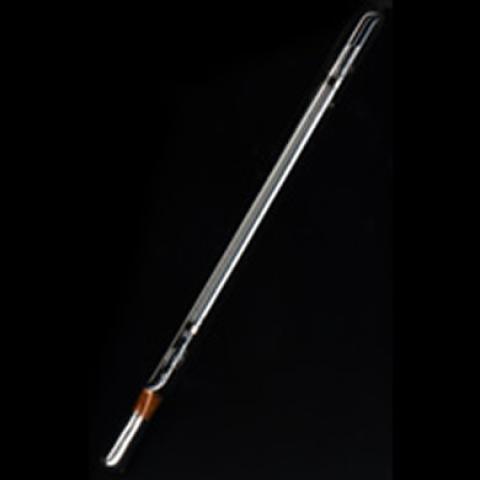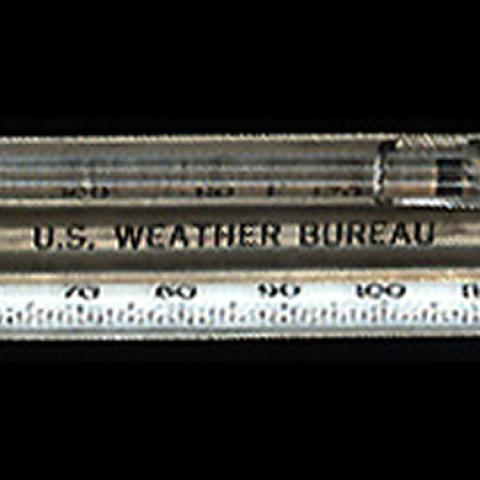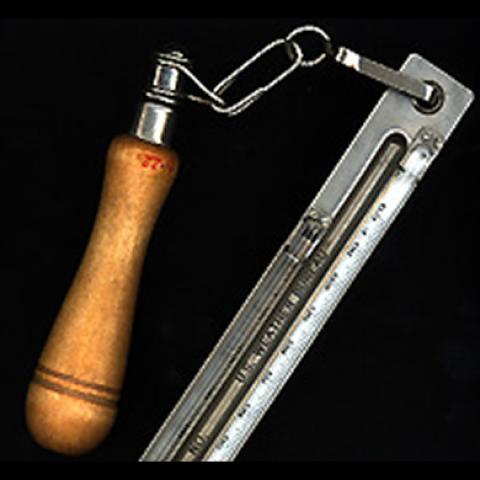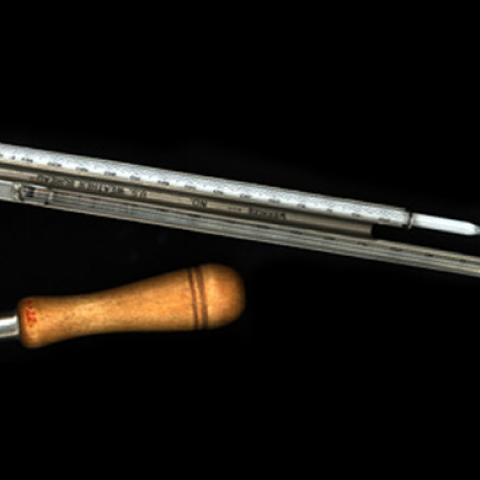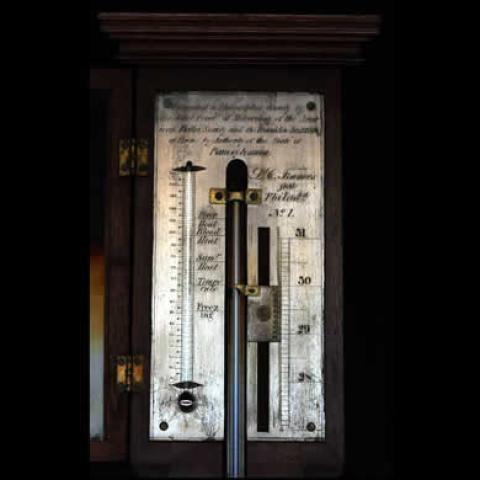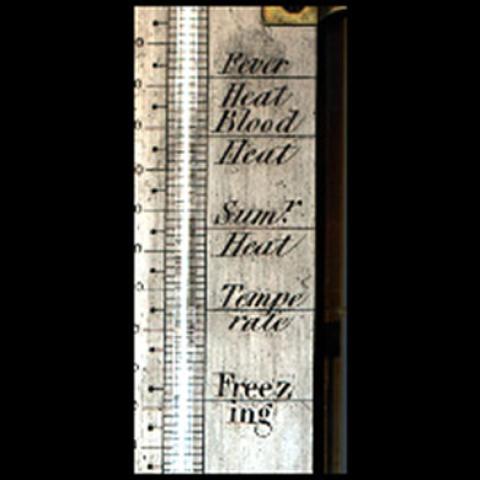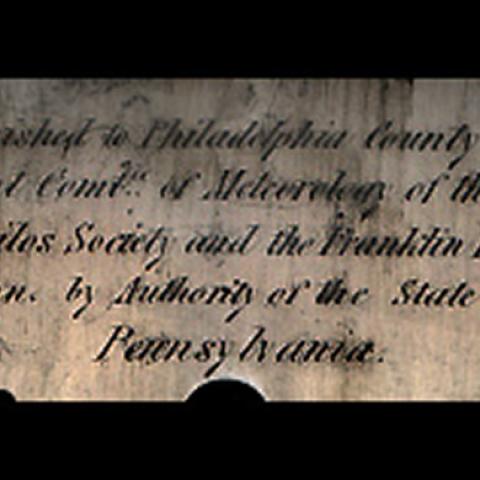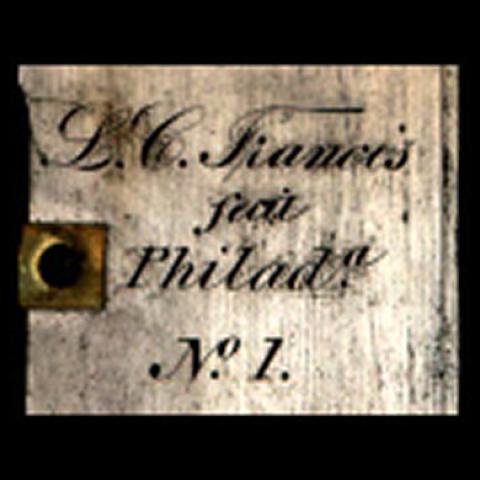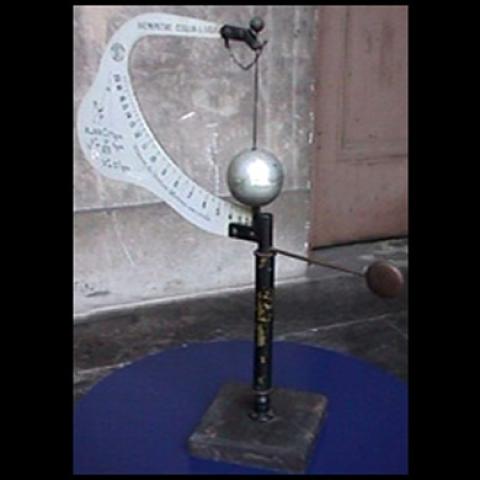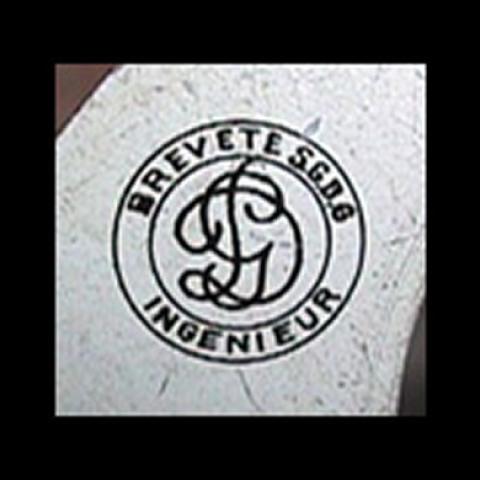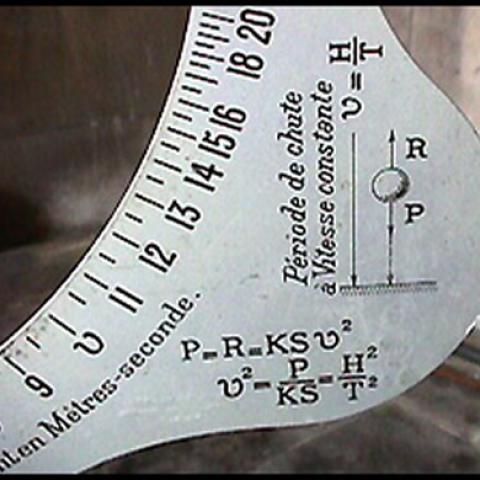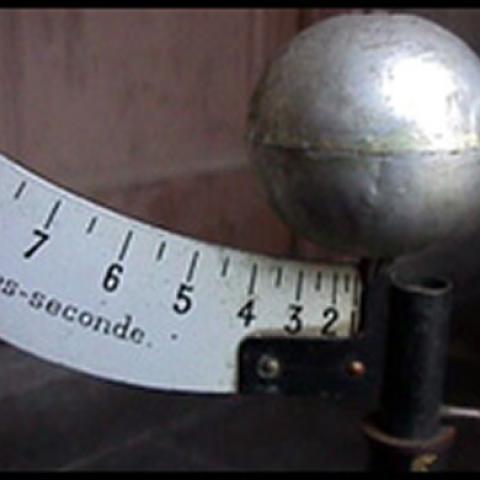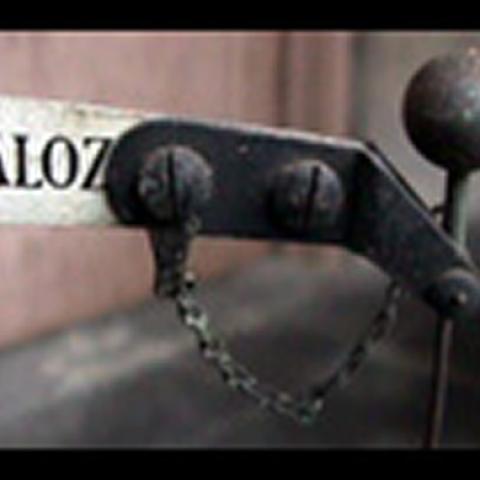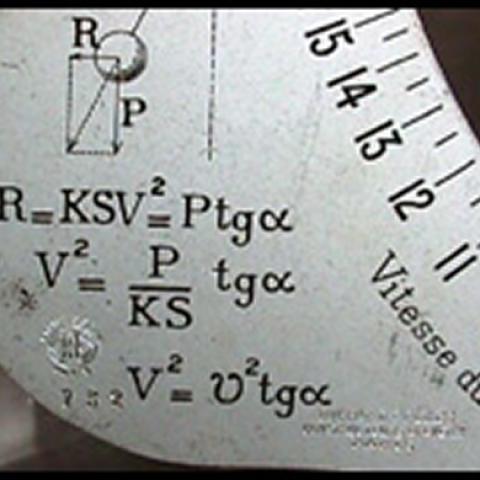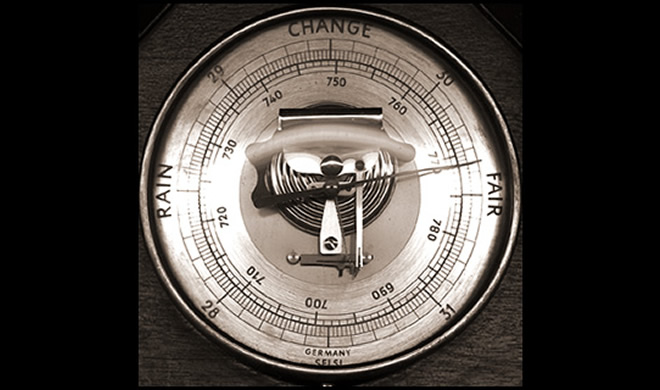
In his lifetime, Ben Franklin made a number of discoveries and tinkered with various inventions. Weather was a topic that continuously fascinated him, and he gave us the famous quote, "Some are weatherwise; some are otherwise."
Throughout his life, he studied various aspects of the weather and proposed models to describe the progression of storm systems across North America. Franklin is particularly remembered for his kite-and-key experiments with lightning. Weather and the instruments used to measure it are still an important part of The Franklin Institute and its collections.
The Franklin Institute has long considered weather science a significant field of study. It was the first institution to establish a meteorological station in the state of Pennsylvania. The weather instruments found in our Attic provide a glimpse at what earlier forecasters used to predict the weather, how instruments have changed and stayed the same over time, and how The Franklin Institute continues to value scientific topics that Ben himself found just as important so many years ago.
This Minimum-Maximum thermometer is used to record the highest and lowest temperatures observed over a 24-hour period. There are many uses for a minimum-maximum thermometer; one example would be to measure how low the temperature dropped in a greenhouse overnight to figure out exactly when it gets too cold for the plants or flowers to survive. This particular thermometer was made by W.H. Kessler Co., Inc.
Aneroid barometers are instruments used for measuring the pressure of the air in the atmosphere. They weren't invented until the 1840s—years after Franklin's time. High or rising pressure means that clear, sunny weather is expected, while falling or low pressure is a sign of rain or an approaching storm. As air pressure increases, it pushes down on a metal diaphragm, which in turn causes the indicating needle to move. This aneroid barometer was made in Germany and sits on an octagonal wooden base.
A sling psychrometer, the simplest type of hygrometer, measures the relative humidity of the surrounding air by comparing the temperatures of one dry and one wet bulb thermometer. A small chain on the end of the wooden handle attaches the thermometers to each other. The psychrometer is spun around rapidly for a few minutes and readings are taken from the dry and wet bulbs. After these readings are taken, there is a scale that is used to correlate the readings. The relative humidity is read at the intersection of the RH scale and the wet bulb temperature.
It was built especially for the Museum with funds provided by an Act of Legislature (March 31, 1837) that authorized the spending of $2,000 for work in meteorology and the purchase of instruments for each county of the state of Pennsylvania. (There was an additional $1,000 expenditure for each of the two following years.) The barometer is 42 inches tall, and has a mercury thermometer on it. The inscription reads: "Furnished to Philadelphia City by the Joint Committee of Meteorology of the American Philosophical Society and the Franklin Institute of Pennsylvania by the Authority of the State of Pennsylvania." It was made by L.C. Francis, Philadelphia.
The anemometer pictured above is a modern version of Robert Hooke's 1667 anemometer, a device Benjamin Franklin was probably familiar with. An anemometer is a device used for measuring wind speed. The pressure of the wind moves the aluminum ball pendulum and the velocity of the wind is read from the scale. This instrument is 14.5 inches tall and was a part of The Franklin Institute's weather center for many years.
Anemometers, barometers, thermometers, psychrometers—they're just everyday devices used to measure the weather, right? Yet these items from the Attic's weather collection are more than that; they are an important representation of The Franklin Institute and what it has grown to symbolize over the years. These are instruments that have weathered time, use, and collection; they represent the enduring science and continuous learning that have always been an important part of The Franklin Institute and will continue to be for many anniversaries to come.
Note: The objects pictured above are part of The Franklin Institute's protected collection of objects. The images are © The Franklin Institute. All rights are reserved.


